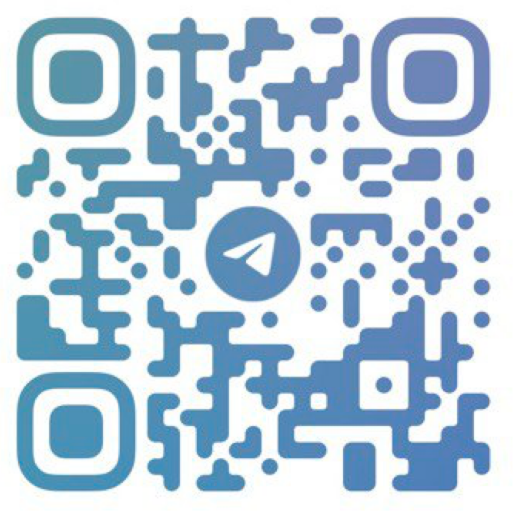Exploring Solana NFTs: Standards, Ecosystem, and Getting Started
Exploring Solana NFTs: Standards, Ecosystem, and Getting Started
Introduction to Solana
Similar to Ethereum, Solana is a smart contract blockchain that facilitates various applications from DeFi to NFT use cases. The fundamental difference between Ethereum and Solana lies in their design philosophies.
Ethereum and Solana adopt different approaches in handling decentralization, security, and scalability. Ethereum opts for a modular approach, balancing these requirements with external data availability layers and Layer 2 scaling solutions. On the other hand, Solana employs a holistic approach, concentrating on handling all execution, data, and security requirements centrally. While both approaches have their pros and cons, Solana's main distinction lies in how it optimizes speed within a single shared global state.
Solana's design allows for processing 1,000 transactions per second, and unlike other blockchains, it doesn't require transaction fees ("gas fees") based on usage as it hasn't introduced usage-based pricing mechanisms yet. Currently, the fixed cost per transaction is 0.000005 SOL. This high speed and scalability provide an excellent support environment for the rapidly growing NFT market.
Understanding Solana NFT Standards
Legacy: Solana's initial NFT standard was developed by the creator studio platform Metaplex and built as an extension of the Solana SPL standard, which roughly resembles Ethereum's fungible ERC-20 standard. Examples include Claynosaurz.
pNFT: Programmable NFT, also developed by the Metaplex team, is a token standard introducing mandatory royalties, rules, etc., for Solana NFTs. Examples include Solana Monkey Business.
cNFT: Compressed NFTs leverage Solana's state compression upgrade to efficiently compress large amounts of data into on-chain storage. This feature enables projects to save significant minting costs. For example, minting 2 million cNFTs currently requires 1 SOL. Examples include Tensorians.
xNFT: Executable NFTs themselves are not a token standard but allow projects to attach applications to their collections. For example, the Backpack team uses the xNFT system to offer Mad Lads staking plans within the Backpack wallet.
Solana NFT Ecosystem

NFT Mainstream: Currently, over 192 million NFTs have been minted on Solana, making it the second-most active NFT trading chain, following only Ethereum, with approximately $50 billion worth of NFT trading volume as of February 2024.
Top Collections: While Solana currently lacks as many major NFT collections as Ethereum, it has its own giants. One of the most popular collections on the network is Backpack's Mad Lads project, with a floor price of approximately 206 SOL (around $22,000), ranking it fourth in terms of NFT market capitalization, trailing only CryptoPunks, Bored Apes, and Pudgy Penguins on Ethereum. In reaching this level, Mad Lads holders have now become airdrop targets for new multi-chain projects on Cosmos, alongside Pudgy Penguins and Bad Kids.

In addition to Mad Lads, there are many other series on Solana with relatively lower prices but still attracting significant attention. Some notable series include Tensorians, Claynosaurz, Degen Ape Academy, Saga Monkes, and Froganas.
Solana NFT Getting Started

Collecting NFTs
To purchase Solana NFTs, you need to set up a Solana wallet and acquire some SOL, similar to how buying Ethereum NFTs requires ETH. The simplest method is to purchase SOL from your chosen cryptocurrency exchange (such as Coinbase) and then transfer it to your personal wallet.
When it comes to wallet selection, Phantom, Magic Eden Wallet, and Backpack are all excellent choices. Phantom and Magic Eden offer multi-chain support, including networks like Ethereum and Polygon, while Backpack focuses on providing an interactive xNFT experience.
Once you have obtained SOL, you can begin minting directly from NFTs, such as on Metaplex, and browse Solana's NFT markets. Currently, the most popular markets include Tensor and Magic Eden. The purchasing experience is similar to that on Ethereum: you can select the NFT you like, click the "purchase" option, and then approve the transaction with your wallet.
Additionally, Solana offers free minting services where you can collect NFTs for free, aside from transaction fees and any related platform fees. For example, an early popular platform is DRiP, which allows users to collect free limited edition works from their favorite creators every week.
Listing NFTs
If you want to sell or continue using Solana NFTs, you can list them for sale on Tensor or Magic Eden. This experience is very similar to what you're familiar with in the Ethereum market. You can select the NFT you want to sell, click the "list" option, enter your desired sale parameters, and then approve the transaction with your wallet.

Creating NFTs
If you're interested in creating your own NFTs, consider using Metaplex Studio. It allows you to release unique works, open editions, or entire series on Solana. It is currently the preferred platform in the Solana NFT space.
Summary
When it comes to the largest NFT ecosystems in the crypto economy, Solana has become part of the ranks alongside Ethereum and Bitcoin. It's clear that Ethereum's NFT space is more in-depth and extensive, especially when considering Layer 2 technologies, with a more diverse and rich niche market from conceptual art to real-world assets. However, Solana's NFT ecosystem seems to have developed rapidly, so over time, it will become even deeper and broader.
Please specify source if reproducedExploring Solana NFTs: Standards, Ecosystem, and Getting Started | CoinNav- Blockchain Trading Starts Here


